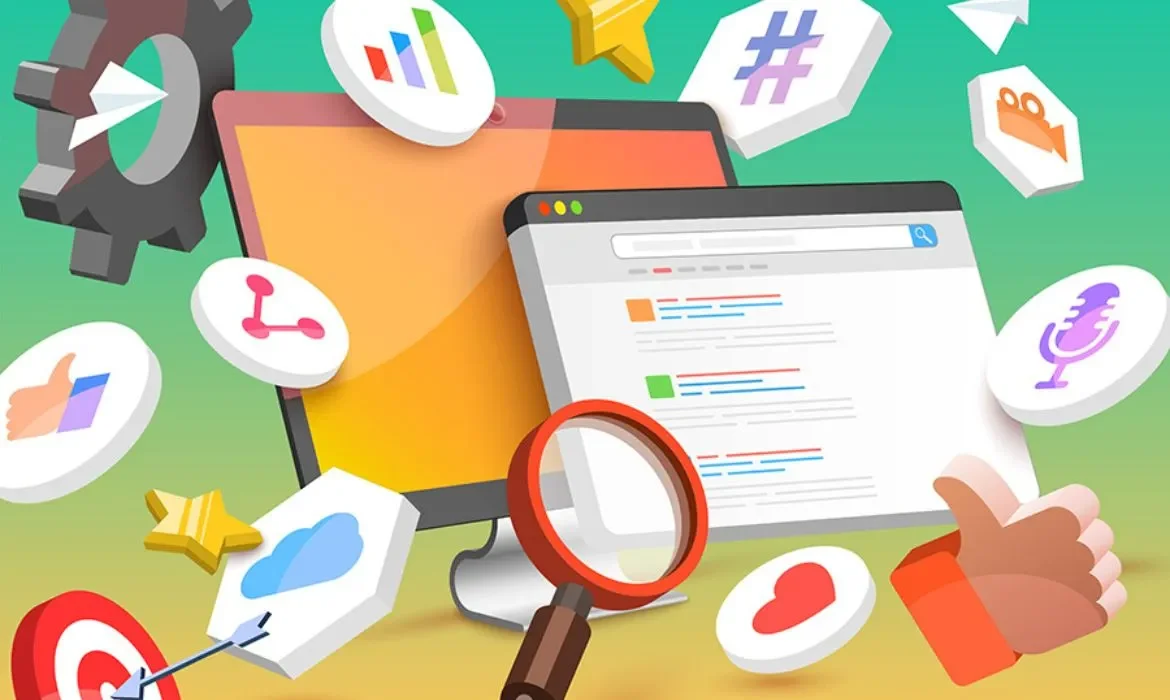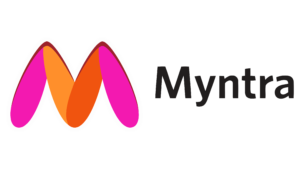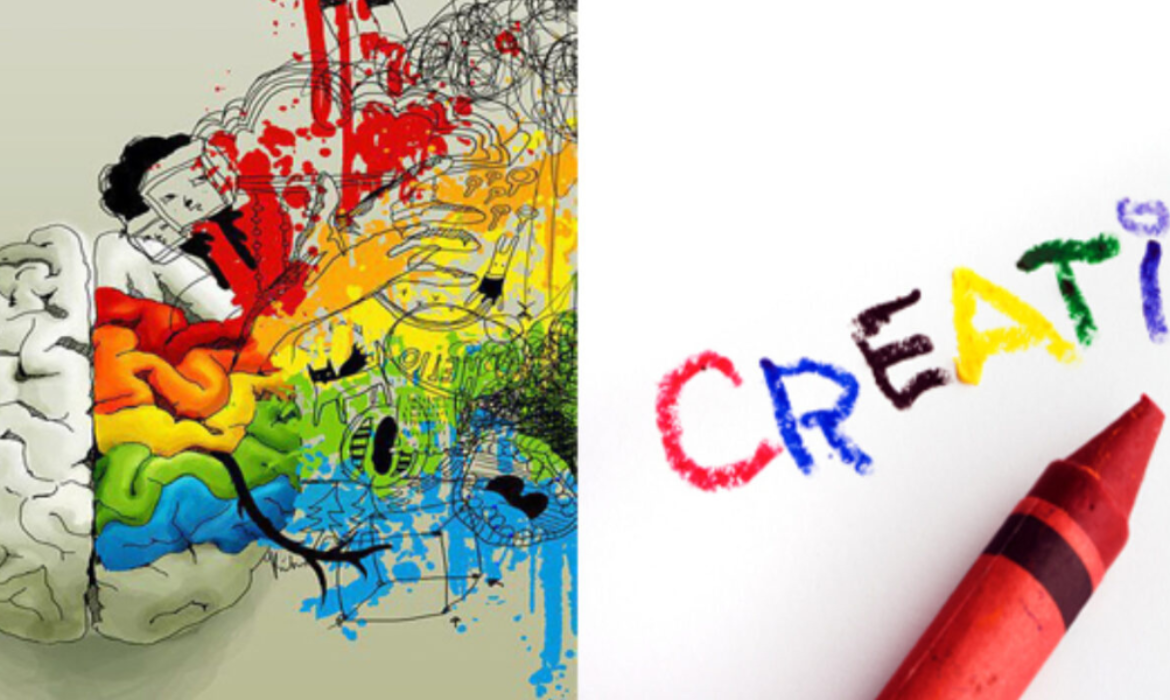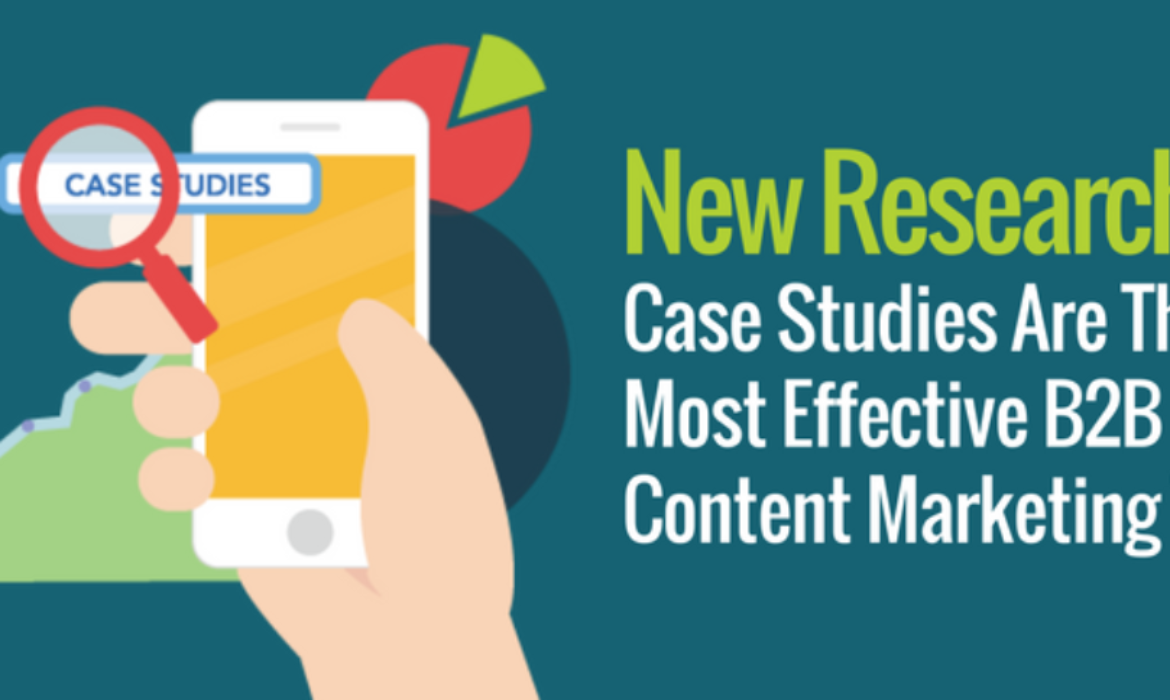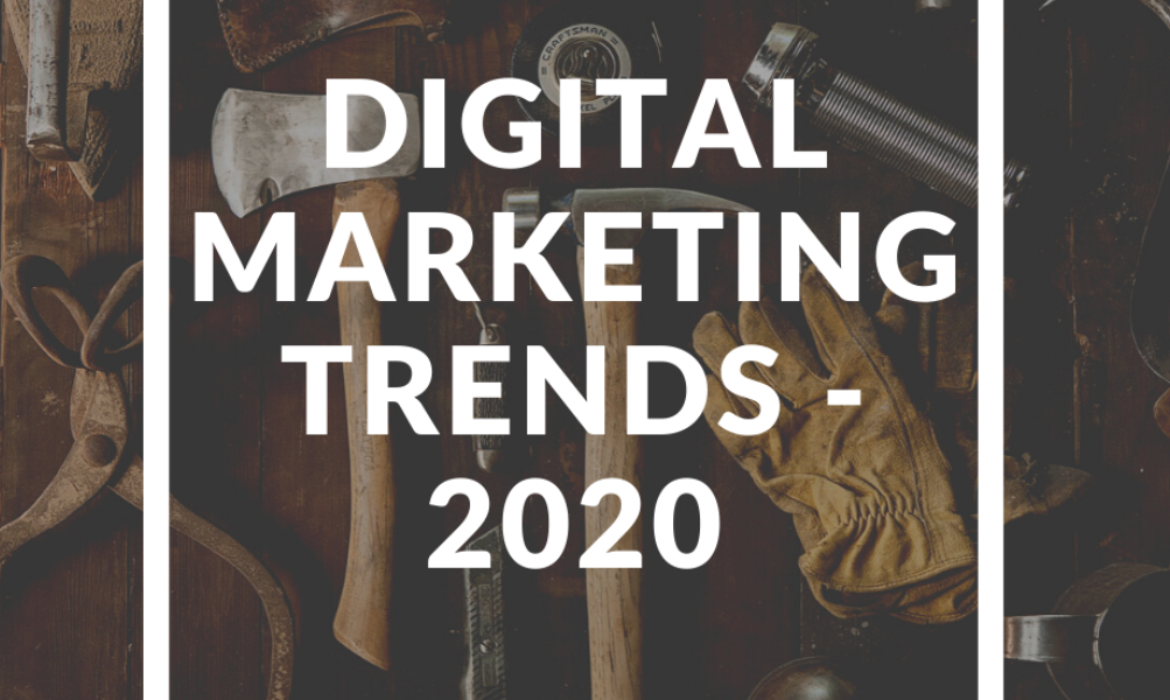How Ad Ops is Revolutionizing the Indian Advertising Landscape
Welcome to the world of ad operations, where advertising and optimization meet chaos and order, respectively. Ad operations are the foundation of the monetization strategy in the realm of digital marketing. Its function is basic. Make sure the publishers serve the right advertising at the right times. The management and optimization of digital advertising initiatives fall under this category. Ad operations have changed significantly over time. According to a 2022 forecast, revenue for ad media owners will increase by around 6% globally to a record-breaking $865 billion in 2023. As the decade progresses, it is predicted that the annual sum will rise even higher, hitting one trillion dollars by 2026.
Ad Ops is a crucial part of any publisher’s system. It is in charge of overseeing internet sales of digital advertisements and is the most profitable cash cow. In essence, it is a crucial element of ad tech. But what precisely are Ad Ops?
An Introduction to Ad Operations
Ad Ops, often referred to as Digital Ad Operations, is the term used to describe the systems and procedures that enable the management and delivery of digital advertisements. The term refers to any method used by a marketing team to manage, carry out, or improve advertising campaigns. Although there are more than a billion websites, it would be extremely expensive for advertisers to have their adverts seen by everyone around the globe. Instead, companies can attempt to target their ads at individuals who most closely match their existing customers using digital advertising markets. Here’s where ad ops come in.
They are in charge of placing the ads based on the likely audience, time zones, places, and regions. It will generate income in return through advertising initiatives. Ad operations technology links advertisers looking to buy ad space with websites that offer ad space for sale. Despite the fact that the majority of digital ad spaces are sold programmatically and without human intervention, ad operations play a significant role in setting up and overseeing these procedures.
Key Components
Ad operations is the fusion of many technological methods, tools, and stakeholders. The main categories in which the key elements of ad operations fall are:
- Ad trafficking
- Creating and managing ads
- Delivering and targeting ads
Ad Trafficking
Ad Trafficking means setting up and implementing an advertisement campaign so it runs in line with its goals.
- Scheduling – One of the crucial tasks for Ad Ops is to correctly decide and operate pre-fixed schedules for launching and running ads considering the timing of an ad is a key.
- Optimization – One of the most important benefits of digital advertising is the ability to get precise, real-time data on consumer behavior and advertising engagement.
Creating and Managing Ads
Involves choosing ad formats, developing ads, and managing marketing campaigns. To guarantee that ads are properly created and handled, ad ops specialists collaborate closely with advertisers and publishers.
Delivering and targeting ads
Professionals in ad operations employ a variety of targeting strategies, including behavioral and demographic targeting.
- Ad Performance Analytics – To optimize ad campaigns and boost performance, Ad Ops specialists track and analyze data on ad performance.
- Privacy and Ad Compliance – Ad Ops experts must make sure that ads are delivered in a way that respects user privacy and adheres to applicable laws.’
Read More: 10 Game-Changing AI Tools for Digital Marketing in 2023
Advertising Landscape in India
With cutting-edge digital technology becoming more popular than ever in the market, the Indian advertising sector is set to reach new heights. Due to the pandemic, the advertising industry has been struggling to survive the past two years. However, indications show that the Indian advertising sector has been progressively recovering. The market size was INR 743 billion in 2022, and by 2028, it is anticipated to be INR 1,412.5 billion. It has a growth rate of 11%. The Indian advertising industry is expanding at an unprecedented rate, and digital advertising is flourishing. In an effort to reach the target demographic, brands and advertisers are using agile strategies to use digital advertising.
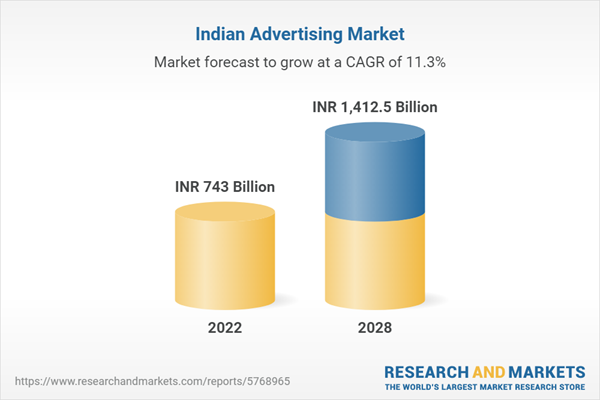
Image credit- Research and Markets
With every second that goes by, the Indian advertising scene continues to grow. Advertising experts adopted a 360-degree strategy as technology improved to include existing and upcoming digital media. Advertising in India, a now-vast industry, is set on being the second-fastest growing advertising market in Asia. It is now more data-driven, with thorough client journeys, mass-customized messages, and attractive deals.
Benefits and Drawbacks of the Ad Ops in the Advertising Landscape
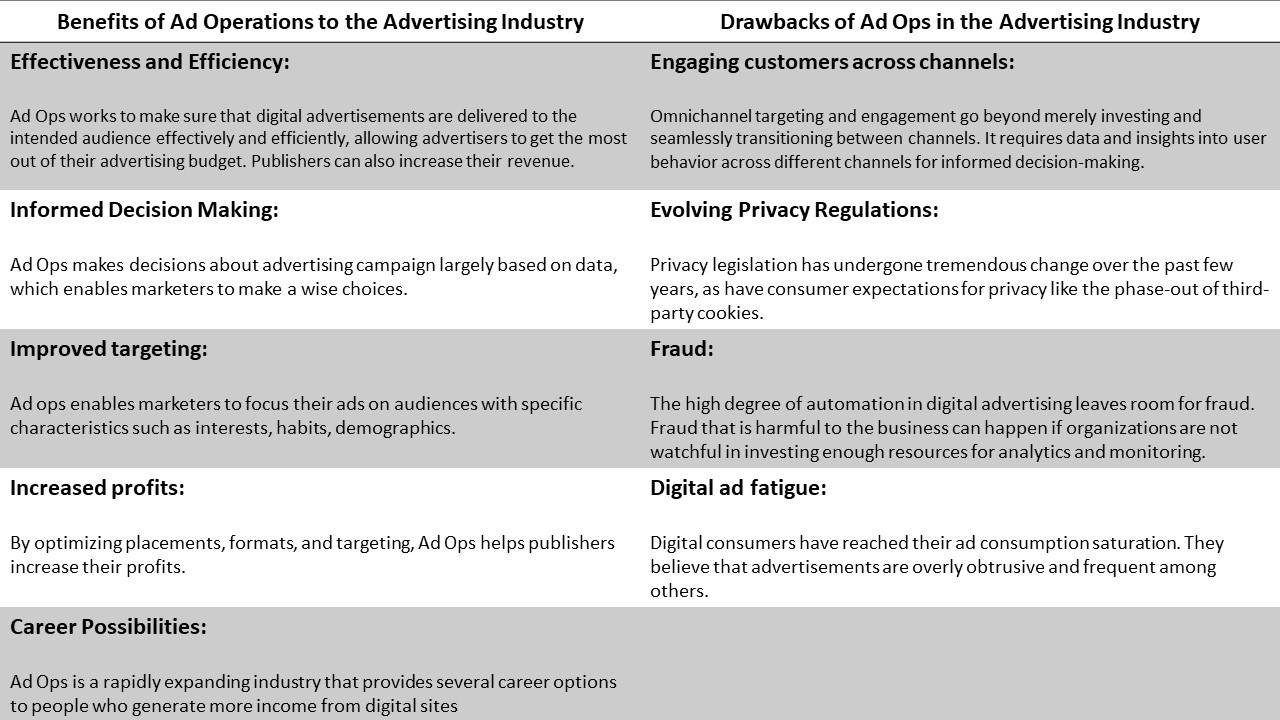
Read More: Cracking the CRED Code: A Deep Dive into its Advertising Mastery
Case Study for Brands Who Leveraged Ad Ops
In India, Zomato is a well-known B2P app for food delivery. Zomato’s excellent marketing campaign has been one of the primary causes of this enormous increase in revenue. It has made it a priority to connect with its target market consistently. Zomato grew when internet marketing became mainstream in India. For instance, appealing ad words on billboards and SMS messages to the target population showed a firm belief in their advertising skills.
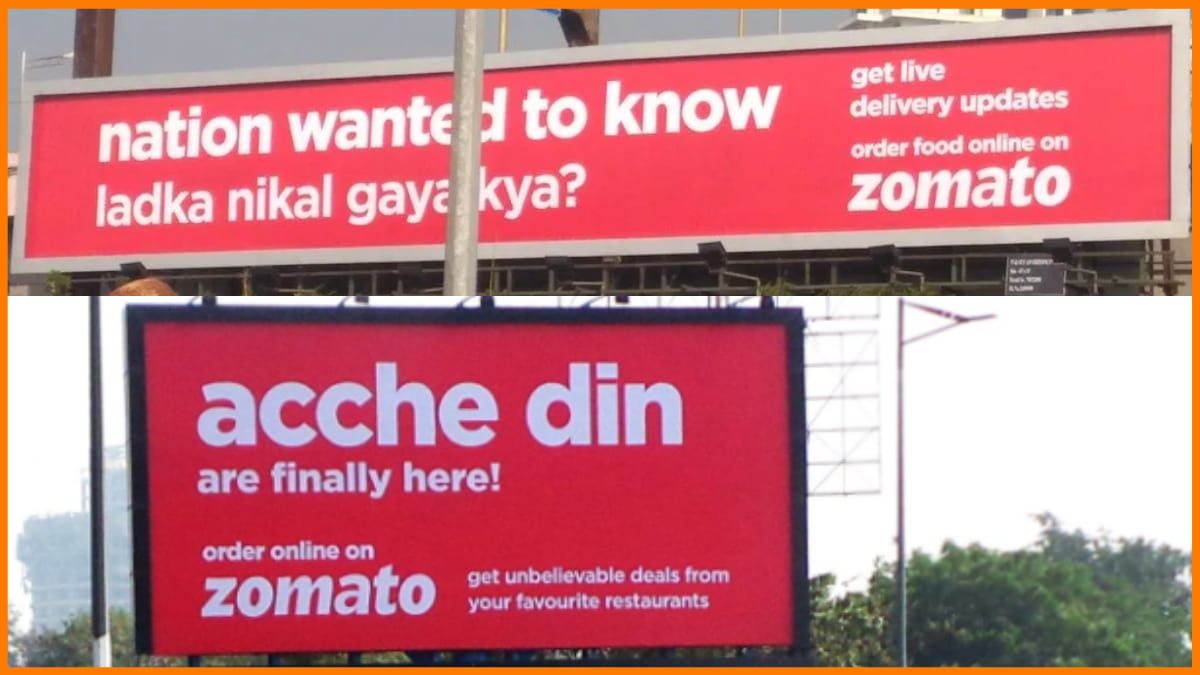
Image credit- Startup Talky
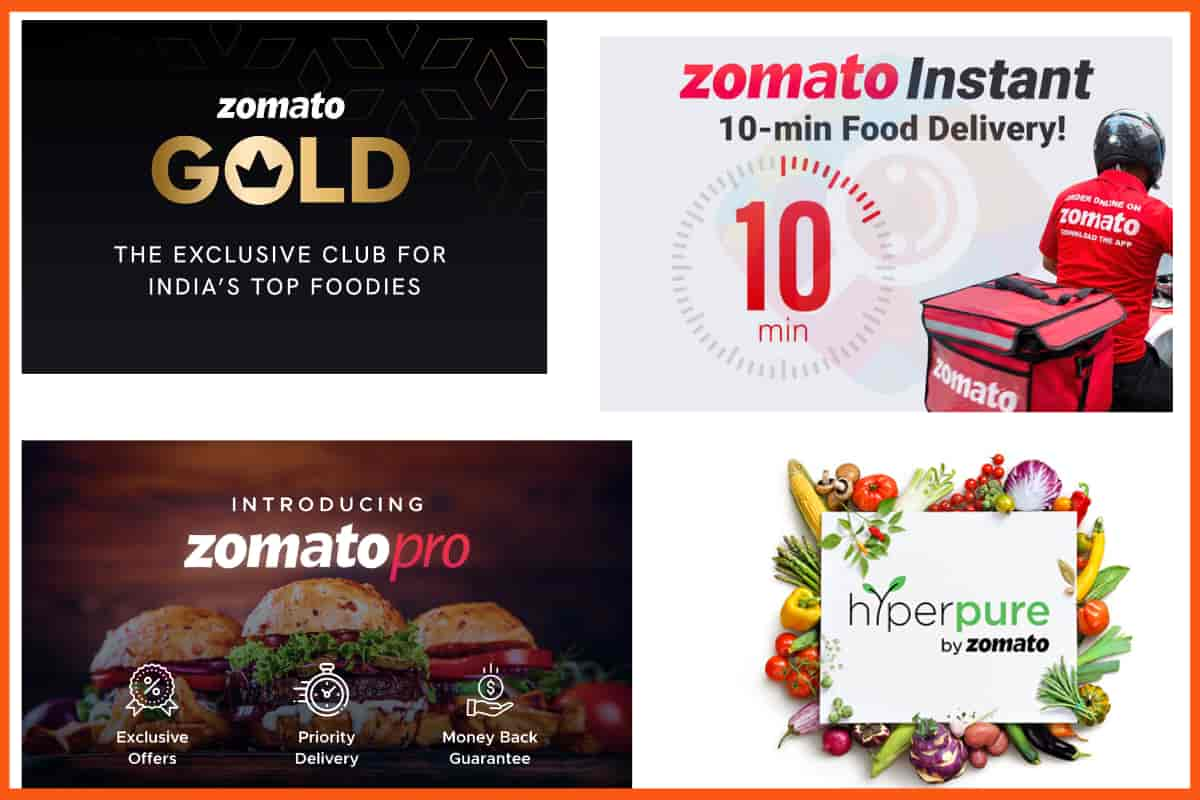
Image credit- Startup Talky
Here are some ways that Zomato’s marketing and ad operations techniques contributed to the app’s success.
- Wide-range and Powerful Outreach
- Email Tactics
- Using Social Media
- SEO Efficiency
Wide-range and Powerful Outreach
Zomato used a variety of outreach strategies in its marketing initiatives. It involves paid advertisements, email and SMS lists, and social media strategy. They studied consumer traits, ordering trends, and peak ordering hours to tailor ads for Zomato’s user base.
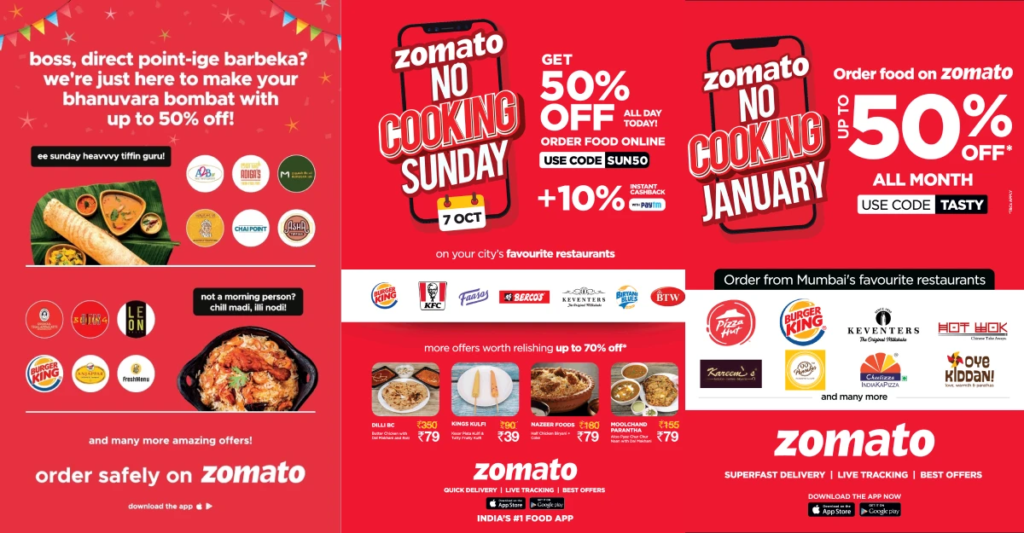
Image credit- The Business Rule
Email Tactics
Zomato targeted a potential niche by curating its emails to implement marketing strategies centered on the binge-watching culture that goes hand in hand with food.
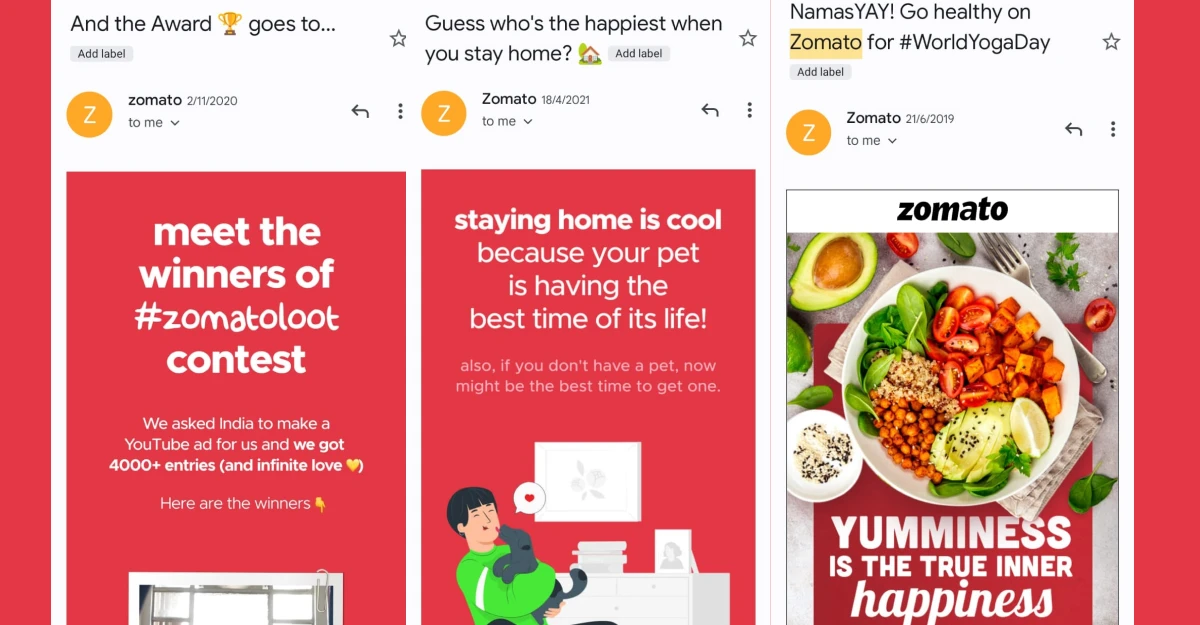
Image credit-The Business Rule
Using Social Media
Zomato depicts itself on social media with postings that are engaging on an emotional level. They interact in regional languages and make humorous memes to participate in meme
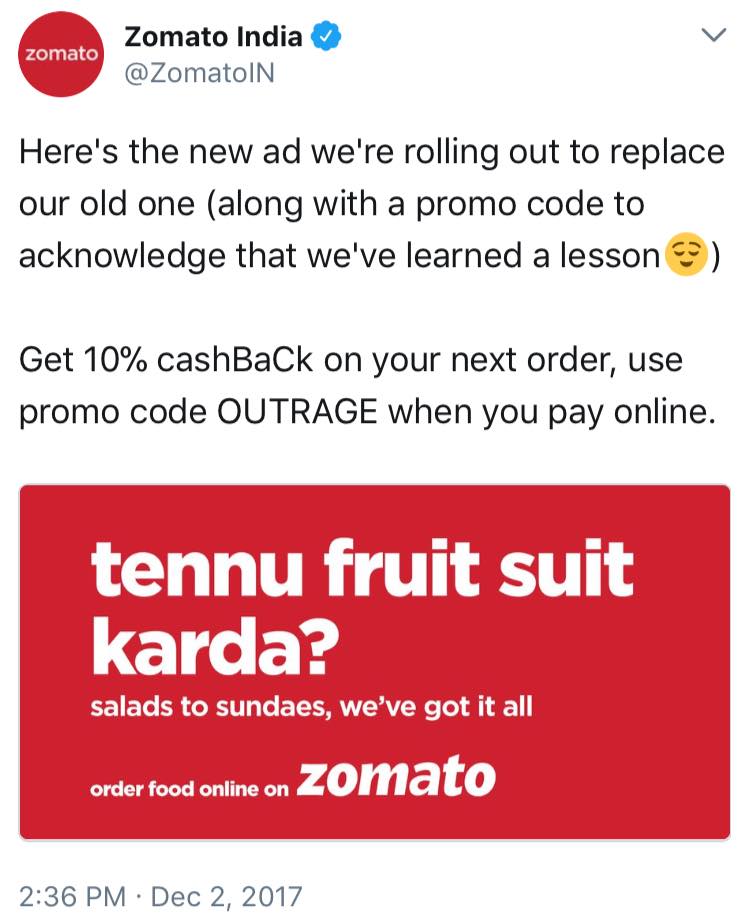
Image credit- Social Samosa via Facebook
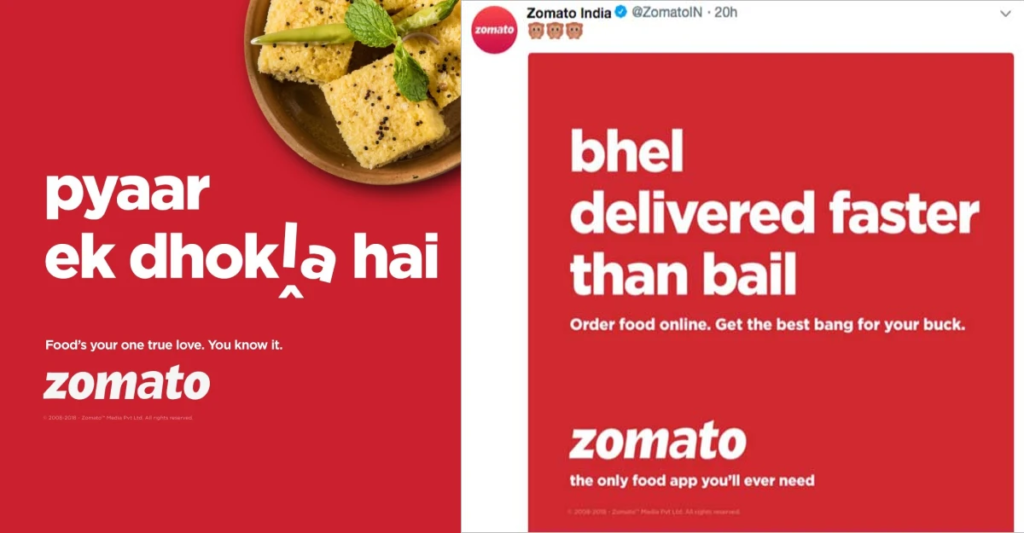
Image credit- The Business Rule
SEO Efficiency
Zomato has produced extremely keyword-dense material that has drawn more than 67 lakh internet visitors.
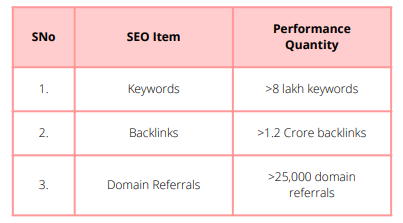
Image credit- iim skills
Zomato has a lot of influence because of its unique strategy of putting novel concepts into action on various fronts. It has always been a top priority for them to pay heed to customer comments and answer as soon as feasible.
Read More: An Innovative Triumph: Burger King x Stevenage FC Case Study
Myntra, a top-tier Indian online apparel retailer, boasts a remarkable “rags-to-riches” journey. Renowned for quality products and stellar customer service, its marketing plan revolves around key pillars for success.
- Content Marketing
- Social Media Marketing
- SEO Efficiency
- Paid Advertising
Content Marketing
Myntra has a popular blog that discusses a wide range of fashion, lifestyle, and trend-related topics. This makes the site one of the most well-liked fashion blogs in India. It leverages content marketing to establish connections with other brands and influencers.
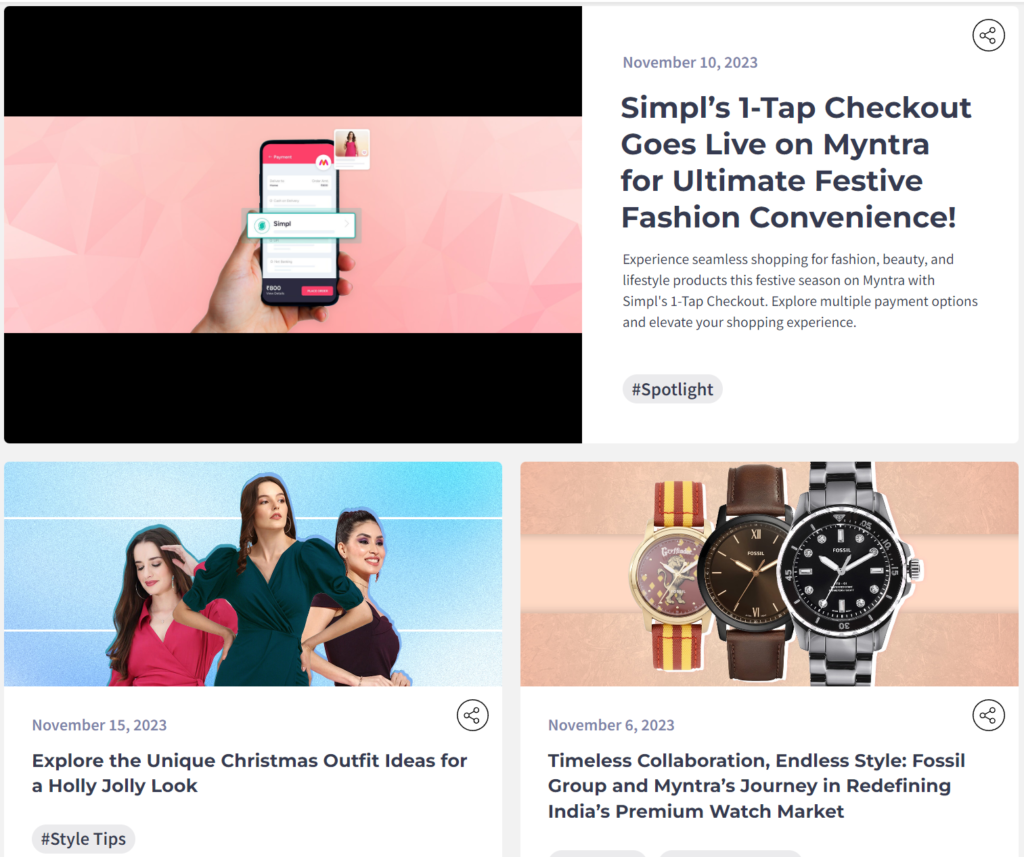
Image credit- Myntra
Social media marketing
Myntra keeps a strong social media presence to ensure its target audience is always aware of the latest content. It routinely undertakes social media campaigns that support the development of the brand’s feeling of community. Additionally, it assists in providing a supply of user-generated material for advertising needs.

Image credit- Indian Retailer
SEO Efficiency
Myntra makes use of SEO to make sure that its website ranks as highly as possible for the right keywords. To do this, they incorporate relevant keywords and phrases into the website text.
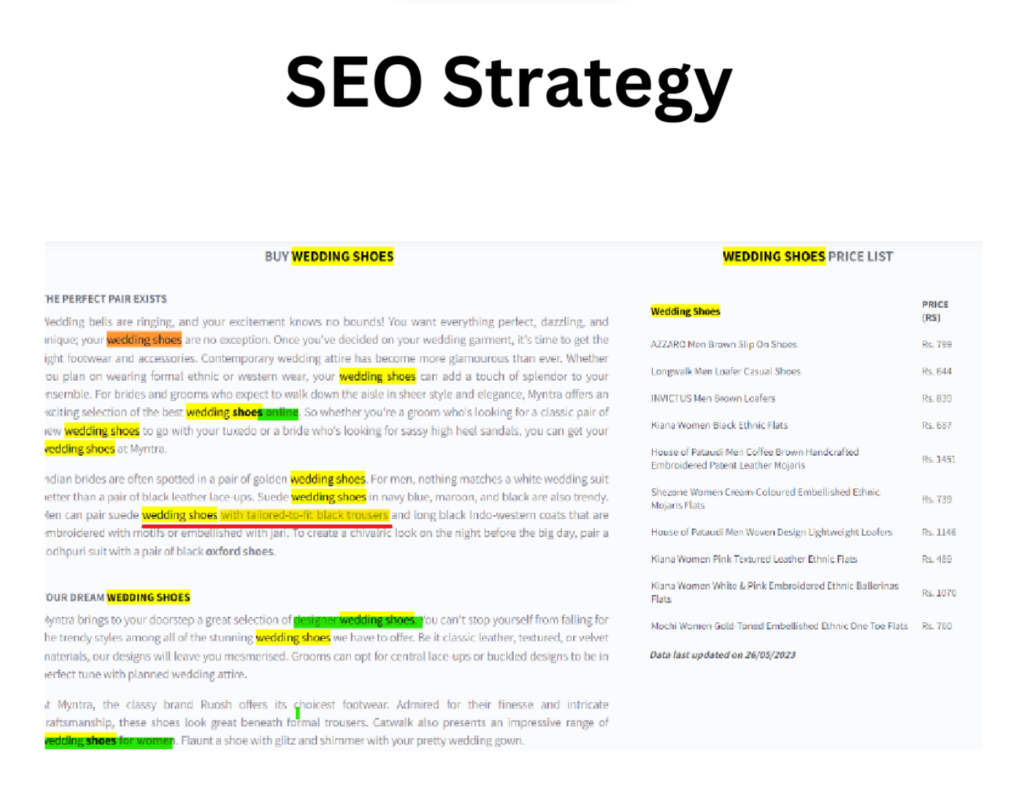
Image credit- Madhu Sudanan via LinkedIn
Paid Advertising
Myntra promotes its website and goods through paid advertising. They employ a variety of strategies, such as display, retargeting, and pay-per-click (PPC) advertising. These techniques enable Myntra to efficiently promote its brand to a large audience.
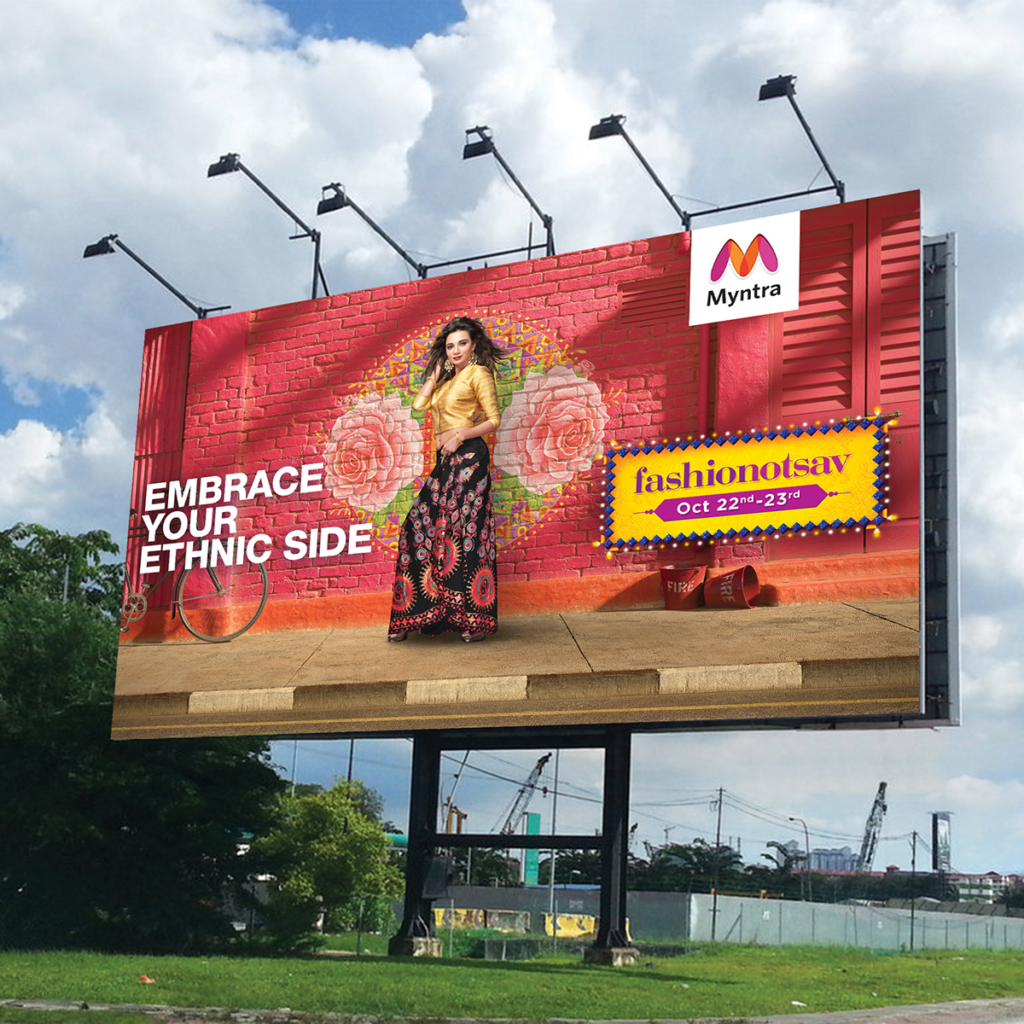
Image credit- Afaqs
Both businesses saw enormous success as a result of their marketing plans and ad operations. These businesses would still be unknown if they had not reached their target audiences at the correct time and through the right channels. Zomato and Myntra needed to avoid bombarding customers with frequent and unnecessary ads to provide an excellent customer experience. They were aware of the demographics and preferences of their audience. Both businesses achieved the ideal mix between client satisfaction and revenue generation. The organizations were able to make informed decisions due to their comprehensive insights.
The Future of Ad Ops in India
Ad operations teams will need to embrace newer platforms and follow the lead of younger demographics as the Indian advertising market continues to grow. Digital-out-of-home (DOOH) advertising tools are among the new technologies that enable marketers to reach audiences in public spaces with customized content. Moreover, it’s clear that ad operations are no longer only a tactical role. Ad operations teams are already becoming more strategic, leveraging technology to solve business challenges and playing a key role in revenue growth because of their close relationship to revenue. However since digital media is always changing, ad operations professionals should expect to face a number of new difficulties in the coming years.
- The volume of campaigns will keep growing at an exponential rate.
- The range of available ad formats will increase.
- Utilizing first-party data effectively will be essential—even more so than it is now.
- Changes in policy will be implemented on a worldwide, regional, and national scale.
- There will be more pressure on companies to maintain high margins while increasing revenue.
- Publishers will see that ad ops teams with a tech focus can directly affect revenue.
- Ad ops teams’ increased awareness of revenue workflows and data will help them move closer to the strategic side of the business.
Another important factor in digital marketing will be the development of technology. Fortunately, generative AI has made it simpler for ad operations teams to create more content in greater quantities intended for multiple channels. This technology can be used by ad operations specialists to test ad tech platforms, generate and evaluate audience segments, and produce content in a variety of formats. Ad operations teams can concentrate more on gathering information and using data-driven insights to guide marketing and revenue decisions as generative AI enhances automation.
Final Words
Ad Ops is increasingly playing a crucial role in the Indian advertising sector by enhancing efficiency, targeting, and campaign effectiveness. In this industry, automation and personalization must be carefully balanced. Ad operations will be essential in ensuring ad viewability and brand safety as the advertising landscape changes. Cheers to the growth of ad operations and their bright future in the Indian advertising industry.
Read More: Cricket’s Advertising Blitz: Boundaries Beyond the Game!
Navigating the Digital Frontier: A Discussion with Reena Jagtap, Lead Digital Marketer at Henkel
Reena Jagtap, a Lead Digital Marketer at Henkel is an accomplished marketing professional with a diverse background in engineering, brand communication, and digital expertise. She has worked with renowned brands, collaborated with industry leaders, and received multiple awards for her contributions.
In this insightful and exclusive interview, she shares her digital marketing expertise, campaign strategies, and industry wisdom.
Can you share your journey and experience in becoming a lead digital marketer at Henkel?
I started my career as a Production Engineer specializing in Switch Gears and EOMs for L&T. After pursuing an MBA in Brand Communication, I have led functions like digital marketing, social media, and PR for renowned brands.
I started my marketing career at Edelman India, where I worked on several projects in the consumer, hospitality, and auto industry. Here, I got the opportunity to collaborate closely with the team of Mr. Ratan Tata as I was handling the Tata Trusts account.
At Audi India, I joined the Digital and Digitalization team and got the opportunity to work with some of the best leaders in the automotive industry. I gained exposure to the world of luxury marketing and worked on several launch campaigns and global campaigns. There was tremendous learning across the Marketing and technology domains. I received the ‘Above and Beyond Employee of the Year Award’ from the Skoda Auto Volkswagen Group for my contribution and achievements.
With a perfect blend of years of digital expertise, an engineering background, and creative skills, I joined Henkel Adhesive Technologies. I am part of the Digital Transformation and Customer Experience team. I lead Digital Media, Content & Campaigns. I’ve been recognized as a ’40 under 40 Industry Expert 2023′ in Social Media Strategy by Business Mint and listed among the ’50 under 50 Inspiring Women 2022′ by Fox Story India. Additionally, I have served as a jury member for prestigious digital industry awards and enjoy mentoring talent at universities and on upskilling platforms.
What are the key components of a successful content strategy, and how do you ensure they align with the overall marketing objectives?
To establish a robust digital identity and achieve sustainable impact, brand marketers must prioritize-
a) Content Strategy: Create engaging content and deliver it through interactive formats b) Media Strategy: Targeting audiences based on their digital consumption patterns
In today’s content-saturated landscape, where various genres flood our social feeds, capturing attention is a major challenge due to fast-paced scrolling behaviour. Developing a thumb-stopping content strategy is the key to successful marketing. Your business goals should serve as the foundation for creating any type of content. Based on my experience, the focus should be on crafting content that grabs the audience’s attention, intrigues them to click, and prompts them to take the desired action. I view content through the lens of the marketing funnel, which consists of three stages: Awareness, Consideration, and Conversion. To make an impact, it’s crucial to collaborate closely with creative partners and develop IMMERSIVE, INTERACTIVE, and INCLUSIVE content mapped to the different funnels. By implementing an effective content strategy, brands can achieve remarkable results in their marketing efforts as both factors are interdependent.
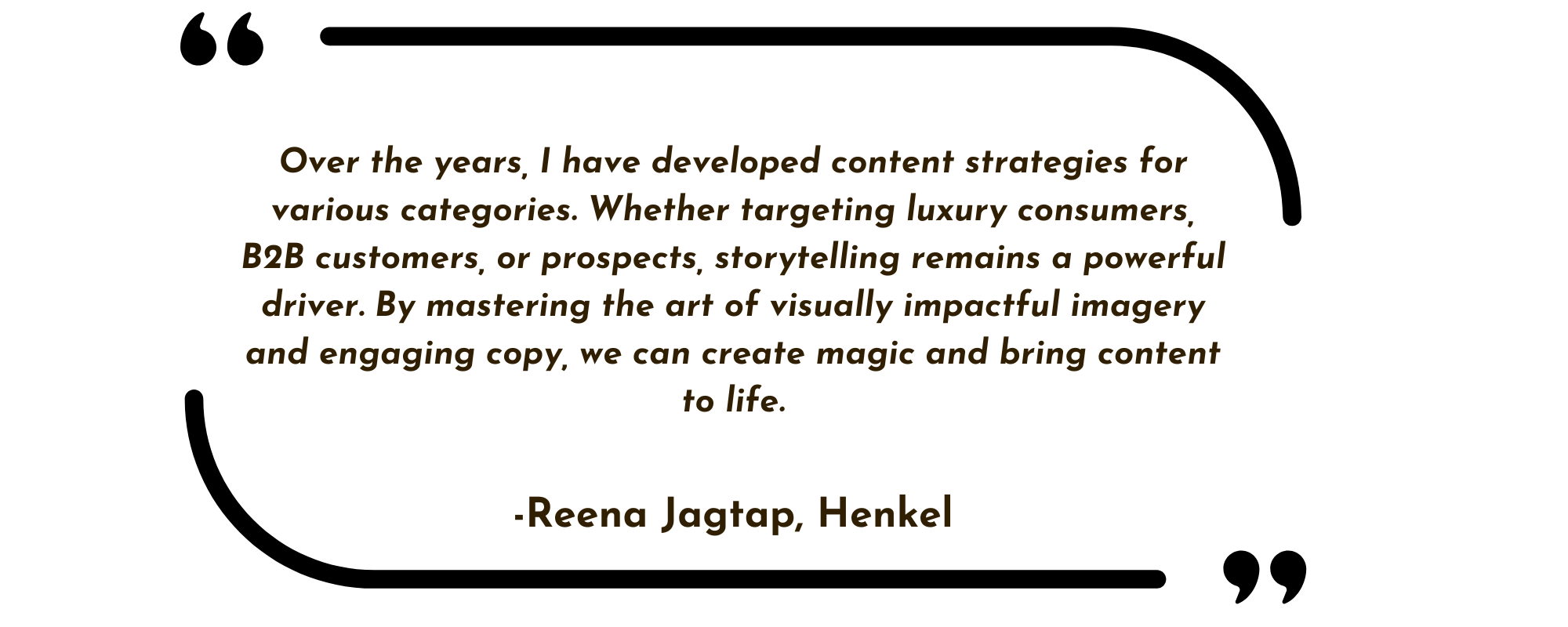
What are some of the most effective campaign strategies you have implemented, and what made them successful?
In the vast digital landscape, locating relevant consumers and driving online conversions is like finding diamonds in a coal mine. Throughout my career, I have developed content strategies for diverse categories, leveraging storytelling as a powerful driver. Working with top creative and media agencies globally, I crafted successful campaign strategies based on three pillars- campaign objectives, target audience, and key messaging. Thorough research, on consumer and brand studies, guides me to craft a robust communication strategy.
I believe in a phased campaign approach: Pre-launch for awareness and intrigue, Launch for showcasing product/service benefits, and Post-launch for retargeting and nurturing. Utilizing the right media channels and targeting based on interests and behaviour patterns are crucial. By tracking the end-to-end customer journey using CRM platforms and tools, helps attribute conversions to specific sources and enables better decision-making in terms of campaign optimization. Examples of some successful and engaging campaigns that I have executed over the years:
Category-specific campaigns:
Engaging the B2B consumer online is not as easy as marketing consumer goods. Identifying the right platform and creating category-specific communication that entices them to click and turn into prospects is the approach that I have taken for the Engineering Adhesive category.
Audi e-tron Launch: When we launched the first electric Audi, the Audi e-tron, in India, we generated significant buzz through #ReadyForElectric #etronInIndia #FutureIsAnAttitude.We collaborated with prominent influencers from various industries, who shared their electrifying moments and stories.
#DriveTheChange: This topical content campaign for Women’s Day was aimed at challenging stereotypes about women driving cars. We collaborated with our customers who are women and conducted a performance car drive to showcase their potential and capabilities.
#TogetherWithAudi: During the uncertain times of the COVID-19 pandemic, this campaign focused on creating an inclusive environment for Audi’s followers and fostering a sense of togetherness.
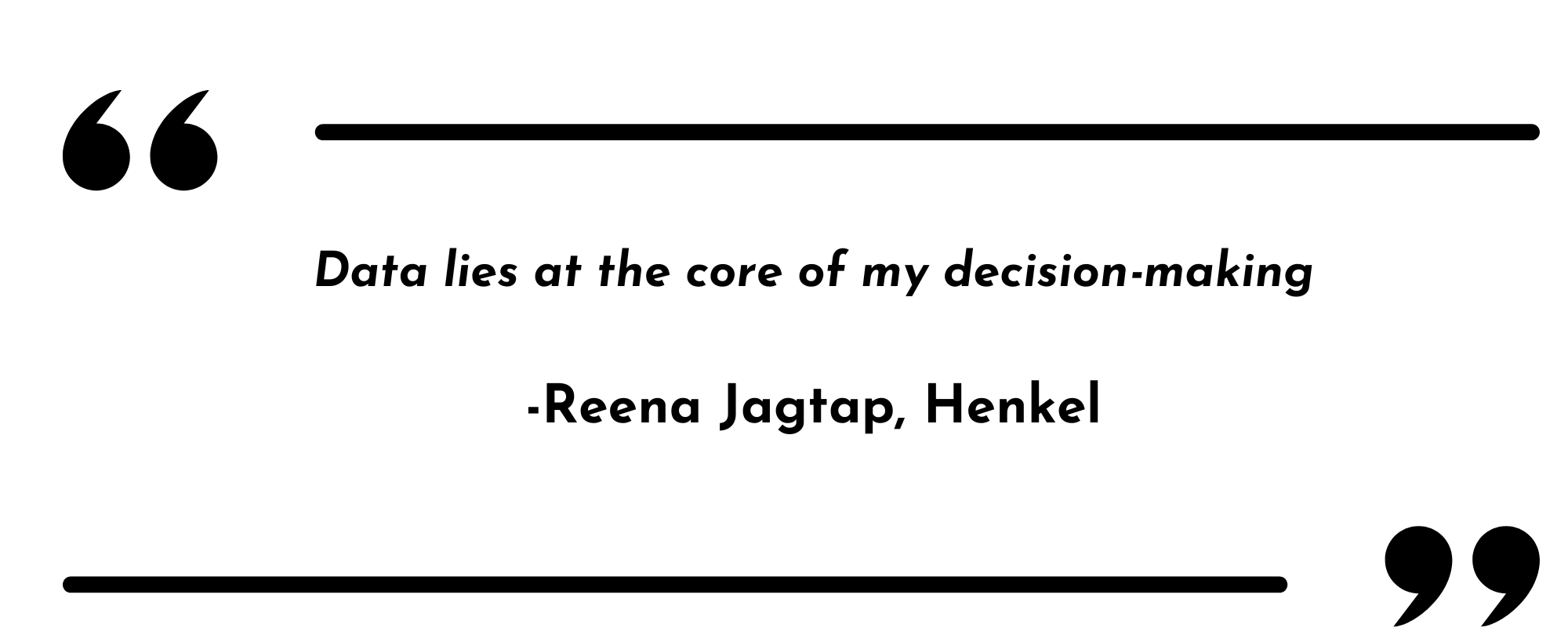
Also, can you describe a digital marketing campaign that presented unexpected challenges or outcomes? What were your learnings from them for future campaigns?
Media Challenge: Reaching and converting the relevant B2B audience for Engineering adhesives across digital platforms poses unique difficulties compared to consumer products and services.
Navigation of challenges: We focused on two key objectives:
a) Increasing e-commerce orders on the website with a higher average order value (AOV) and lower cost per order (CPO)
b) Boosting lead volumes and achieving high-quality conversions
To overcome these challenges, we collaborated with industry-specific platforms and database partners to target the right audience with tailored messaging, ultimately improving conversions.
Key Learnings: Invested in platforms that yielded higher ROI. These insights helped us develop performance-driven media strategies, setting targets based on previous years’ platform performance. Weekly reviews and campaign optimizations were conducted to steadily progress toward our objectives and optimize costs.
Content Challenge: While managing the digital Marketing and Digitalization responsibilities at Audi India, I faced the task of creating a strong digital impact for the brand by connecting with our luxury customers and fanbase on a local level. Our campaign visuals heavily relied on international premium imagery, and our communication lacked a strong local connection.
Navigation of challenges: To engage and connect with our audience, I directed my agency to create a campaign that leverages local elements. We explored adding a local touch to our campaign communication. We focussed on India’s diverse cultures and languages and created a video focusing on pronunciation. The outcome was the #MyKindofAudi campaign to celebrate 10 years of Audi in India. We highlighted the unique pronunciations of “Audi” across various regions in India. We curated a video to support this concept.
Key Learnings: The #MyKindofAudi campaign achieved high organic reach and engagement, generating substantial media value through PR. Collaborating with influential personalities such as Aditya Patel, Ravi Shastri, and Virat Kohli further enhanced its impact. Customized local content and relatable faces proved more effective than generic strategies.
How do you leverage data-driven insights to optimize your marketing campaigns and improve their performance?
Data lies at the core of my decision-making process. I track data across campaigns and platforms to set targets, optimize performance, and enhance conversions. Key metrics are assigned to evaluate content and ad format performance, enabling strategic budget allocation across platforms.
By utilizing first-party data, one can create audience cohorts and customize content based on customer profiling. This approach maximizes engagement and improves return on ad spend (ROAS). Collaboration with the sales team at every stage is vital across all businesses. Their feedback on lead quality helps us provide valuable input to agencies and publishers, enhancing our marketing-qualified leads (MQLs) and aiming for higher sales-qualified leads (SQLs).
How do you think generative AI will shape the future of digital marketing, and what skills should marketers develop to stay ahead of the curve?
Generative AI, an advanced category of AI algorithms, has revolutionized content creation in the digital marketing industry. Tools like Chat GPT, Bard, DALL-E 2, Lex, and AlphaCode have simplified the once tedious task, enabling faster and more efficient content generation. This serves consumers with minimal effort, making their experience seamless. To stay updated with the latest trends and technologies, Google offers free courses, and universities now provide specialized modules. Keeping pace with ever-evolving consumer behaviour is crucial for professionals in this field. By embracing an innovative and impactful mindset, digital marketers can take their strategies to the next level.
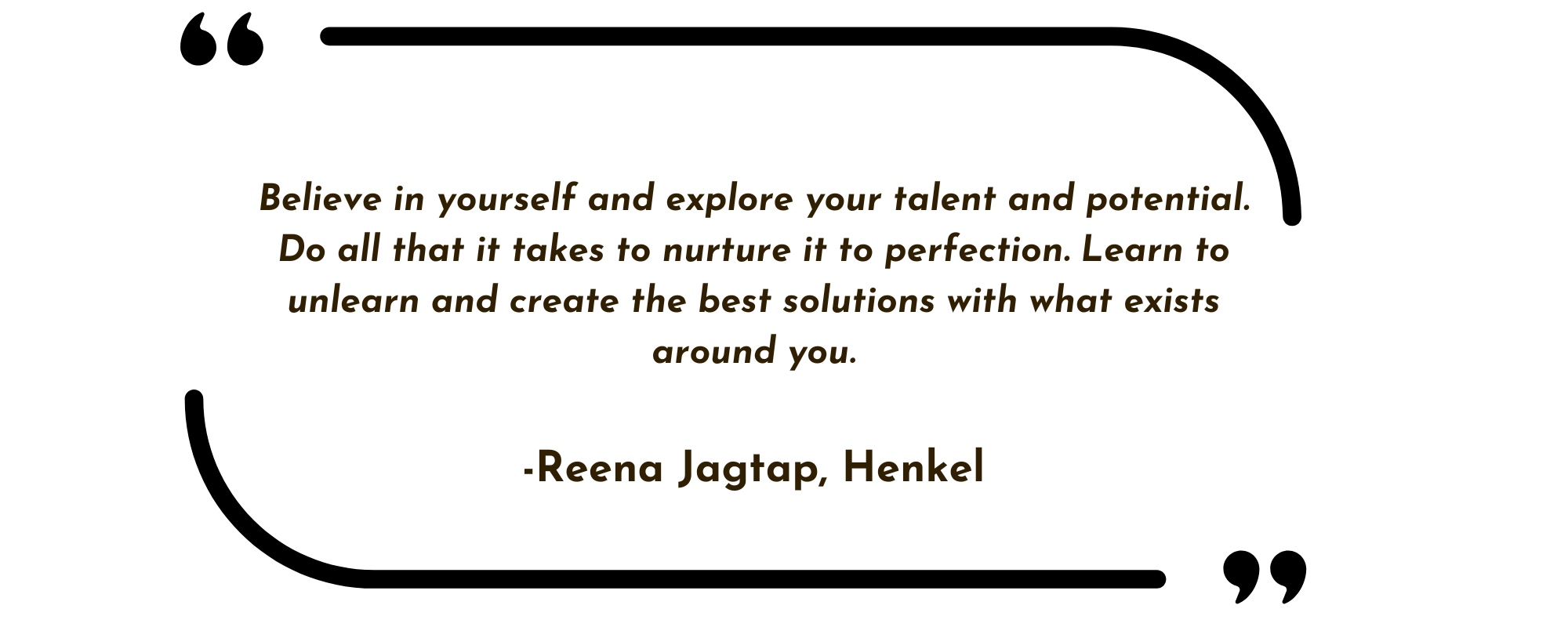
How do you manage your time and prioritize tasks in a fast-paced environment to meet deadlines and achieve your goals?
Every day feels like an exciting adventure when you wake up to do what you love. The world of Digital always inspires me to think beyond the status quo and discover innovative solutions that benefit the brand, the consumers, and businesses. To stay organized, I plan tasks in advance, set deadlines, and track my progress using reminders and creating project plans. In the fast-paced digital industry, prioritizing work and effectively balancing personal commitments is essential. I make sure to allocate time for activities that help me relax, unwind, and focus on personal growth. Painting, swimming, dance workouts, meditation, and maintaining a balanced diet keep me energized and motivated to take on new challenges in the digital world.
What advice would you give to someone looking to start a career in digital marketing, and what skills do you believe are essential for success in this field?
Believing in limitless possibilities and finding contentment within oneself are the foundations for excelling in any field. In the digital and digitalization industry, I’ve learned that trends and consumer behaviour can change rapidly. Agility at work and humility with all stakeholders are two vital learnings that guide my strategic decision-making and foster strong connections.
To newcomers in this industry, a few words of wisdom that I can share is, “Believe in yourself and explore your talent and potential. Do all that it takes to nurture it to perfection. Learn to unlearn and create the best solutions with what exists around you.”
Top 5 ads of 2019 that swept all the awards, and hearts.
A good commercial has the power to increase your brand value, new customers and generate sales. Catchy phrases, jingles, creative taglines and more can draw mass attention and become history when done right, bring the companies higher returns.
2019 saw some of the most interesting and brilliant concepts and with digital media growing, we are likely to see even more fantastic campaigns in 2020.
With digital and online consumption growing, Hubspot research states, “Turn your Customers into your biggest advocates and promoters.”

Image Credit: Hubspot
Still, wondering or creating a plan for your 2020 campaigns to reach the goal and get the ROI?
We have gathered a few of the best ads of 2019, take a look and get which may get you inspired for your next. It can be helpful to learn from these award-winning, revenue-generating campaigns and implement a few strategies or elements in your next ad campaign.
In the world full of competition and ads literally everywhere, let us delve into the details of the finest campaigns and embark on your creativity for 2020.
1. IKEA: Real Life Series

Image Credit: The Drum
A brilliant concept of cross-referencing and recreating the living rooms of iconic TV shows to capture the cultural imagination of the United Arab Emirates (UAE). Unlike the U.S and U.K, where the brand has a strong presence and is a retail novelty, gaining mass attention and relevance in UAE is a little difficult.
The brand selected Publicis Spain to recreate the set of living rooms of the classics ‘The Simpsons’ or ‘Friends’ and ‘Stranger Things’. The print ads show real furniture from the store’s inventory, modelled and edited using 3D software to give the real effect.
The project ‘Real Life Series’ is on IKEA’s social media and catalogues and even appears in stores in the Middle East. It has launched a website that offers exact iconic decorating pieces from the shows.
The tagline ‘For Real families’ highlights the diversity in Ikea’s products among the diverse population of the UAE. As per the press release, it aims to prove it can provide relevant solutions to all cultures.
2. Tetley -Now We’re Talking
A classic example of Rebranding and Brand Positioning.
To help the brand target a wider and more diverse audience, the tea brand decided to create a mire meaningful positioning, fresh identity and a creative campaign that would win the hearts and minds of the nation.
The concept of the ad campaign was developed on the premise of the emotional territory of ‘togetherness’ with a strategy around conversations flowing. The idea is Tetley Tea can get anyone talking even, an unlikely friendship of a dog and cat. As soon as the owners leave the house, the dog puts on the kettle. He and the cat enjoy a cup of Tetley over everyday conversations that people have on the sofa.
While the Tetley Folk represented the brand, the new brand assets cat and dog represent regular people and their conversations. The brand wants to remind us of this campaign that it feels good to have a face to face conversation over a cuppa.
The mission is to rebrand Tetley Tea more modern and for everyone by implementing an emotionally engaging idea that can connect everyone and anyone. As soon as the ad went on air, the brand’s social page was filled by the people with love for the furry twosome.
Here is a small selection of comments on the Sparks 44 website.
3. Casper, Sleep Puzzle

Image Credit: Adweek
Don’t be surprised if mattress brand Casper is a part of your subway commute. Confused? No trendy campaign or strategy to sell mattresses but PUZZLES at subways stations.
The answer to the above is SN +Booze -B =Snooze and F+Vest-V =is Fest. Snooze Fest. These puzzles with many more are strategically being placed in trams and stations. This has caught the attention of many bored, idle or tired travellers.
What makes this idea brilliant is the simplicity and curiosity of people. Casper encourages the audience to crack the puzzle and when searching for the answer, hover to the website for the right answer. This lands them in the market for a new mattress.
Another highlighting point is the placement and timing of ads. Who better to market than the people waiting around and searching for the answer. It might seem like a short span to grab attention but has a long term effect than any typical ad. It’s more fun and interactive where Casper is giving them a direct path to a quality product that solves sleep puzzles and sleep problems.
4. Wistia, Brandwagon
Wistia, a video software company launched its marketing show “Brandwagon” instead of parking their funds in different types of ads.
A glimpse of the show to give you an idea about it.
This video series shows interviews with Wistia’s experts and other companies as well about marketing campaigns and strategies. This content enables us to keep viewers on the Wistia’s website, display its marketing credibility and inform marketers about different techniques.
Video series is a long format compared to blog posts and there is a growing trend of online series. Many brands like Mailchimp and Uber have started their own series, talk shows, and documentaries. This binge-worthy content enables marketers to re-purpose episodes into micro-content.
Hubspot survey says, 83% of marketers prefer video as it gives them a good ROI and more than 50% of consumers want to see video content more than any other type of content from brands.
5. Microsoft, We all Win
In Microsoft’s emotional Super Bowl campaign, the mission is to show how Microsoft Xbox Adaptive Controller to help gamers with limited mobility.
When it came to the attention of Microsoft that people with limited mobility are having trouble pressing buttons or trouble holding the remote of video game controllers, the company built a controller with touchpads rather than buttons.
The Gold-Clio winning commercial shows how Microsoft interviewed children with missing limbs on their love for video games, troubles and difficulties with controllers due to their disabilities. Parents and children featured in the campaign and explained how gaming helps them to connect with friends in ways which they might not be able to do otherwise.
The most engaging part of the commercial is the contrast before and after Xbox Adaptive Controller and made a big change. Before the new controller, the kids thought that’s the way of life but the new technology and controller allows them to play games fairly.
An emotional and heartwarming campaign with in-depth content shows how Microsoft took time to develop a product that solved problems of a unique set of customers. It makes you feel that Microsoft as a brand truly takes care of its customers and takes extra effort to make a smooth experience with their products.
It has more than 29 million views and 25k likes on YouTube. It has the highest Unruly EQ score of 7.5.
Wrapping Up for 2020 Campaigns
The above list of campaigns shows the creativity of expert marketers that win attention with deep content. Brands have found a unique way to educate their customers or competitors with out-of-the-box thinking like puzzles or fun activities generating revenues.
Get ready to launch campaigns in 2020 as the stage is set for new ideas and thoughts.
A Case Study On Why Case Study Is The Start Of Epic Marketing.
The marketing landscape is wide and marketers are increasingly finding it difficult to create a foothold in the crowd. Companies big or small posts on social media, enhancing their website, blogging and promoting their content effectively to new prospects. With so much information available, it is challenging for a company to get people to read the content.
Well, to grab the eyeballs of the readers, marketers need to exhibit the value of the product and service and not do only talking. This means don’t just hype about your company or products but share real experiences of your customers with your products in the form of CASE STUDIES.
Case studies take time and money to create but the results can be tremendous.
Why are case studies so valuable?
Every business has its marketing materials like brochures or sales copy for promotion and sales. But is it sufficient to close sales? Well, not really!
Do you know case studies are more effective than any traditional sales collateral? Why? Here it is:
According to Ascend 2 survey, 60% of marketing influencers prefer case studies as the most trusted content type by the target audience.

Image Credit: Marketing Charts
Case studies tell stories about your product and company. It is under-optimized but wholly effective. As the saying goes, “ A picture speaks a thousand words”, the same logic applies to sales and marketing. You narrate stories of your brand, weave pictures and evoke emotions and logic.
People connect to stories and case study is an apt marketing tool to boost your conversions and increase your sales. When you release content which is a case study, you emphasize a particular problem that you solved using your product or service. They are simply testimonials for your brand.
Research by Content Marketing Institute, case studies are the second-most preferred B2B content marketing tool by marketers and are amongst the top 3 effective types of content used by B2B marketers. So, a well-crafted case study should highlight ‘this is exactly what we are looking for’ from a prospective target after looking or reading it.
Case studies are flexible and don’t have a single format to follow. You can choose any type to present your facts and observations:
- Video: An interactive format for a prospect where you interview a customer who shares their story.
- Blog Posts: Publish your written case story as a blog post.
- Ebooks: An Ebook for a lengthy written case story.
- Infographics: Time consuming but visually appealing to share the information in a precise manner. You can share it easily on social media.
- PDFs: A professional and easy-to-read format with detailed information and facts. You can e-mail it to your prospects.
Why your business needs case studies?
After a clear understanding of the value of case studies, let us comprehend the benefits of case studies for your business to increase website conversions and drive sales directly.
1. Brand positioning as Market Authority
Case studies are built on the premise of facts and statistics with actual conclusions. Therefore, documenting a case study with researched numbers and facts helps you to position your brand as authoritative in your industry.
It doesn’t matter if you are in a software service or pizza delivery business. What counts is the number of pizza baked and delivered or software downloaded as these facts and figures will help you to be the market leader in your industry. Publishing insightful case studies will help you to become a thought leader and first advantage mover in your niche.
For example, in the App Annie case study, it helped FDG Entertainment with the aggregation of data and have all their apps and ad platforms in a single dashboard. As a result, advertising revenue has grown its bottom line by 50% compared to the previous year.
A case study with a renowned brand uplifts your brand value as well.
2. Target Niche
By niche, we mean a specific target/ prospect. If your case study is well crafted, it will not be vague or general.
Companies may have a wide range of services and products. The general information about it might be suitable for your webpage to show the array of products or services but an effective case study should be specific and in line with the goal of your product offering catering to your target market.
Super Top Secret created a design and develop every new character for the gaming company Riot Games. It was a success with massive visitors on the site and millions of hits in a short span. A classic example where the company has a perfect sales pitch for the target prospects from the gaming industry.
3. Be prospect focused
Most companies focus only on their products and services, mission and vision, and achievements. It’s all about them like other companies and not their prospects.
However, the motive of case studies is to provide optimal solutions to your customer’s problems with your expertise, resources, and efforts. It answers your prospect’s question “ what can you do for me” before making any buying decision.
A well-crafted case study can reach different prospect or personas. For example, your company produces a conveyor system for a manufacturing company. The project is an overall success and you can write one case study that is relevant to the different people involved in the buying decision-making process of the equipment.
- Heads Operation Manager: the case study will focus on the seamless working of the equipment, connection with the existing ones, and easy maintenance.
- CFO: the case study will focus on the financial aspects including costing, productivity, feasibility, etc
- CEO: the case study will focus on how the equipment enabled the featured customer to have a competitive edge, improved productivity and technological upgrade.
In B2B marketing, there are several people involved (especially in high capital investment) looking for role-specific information to consider the options.
4. Social Media Proof
In this digital age, customers need more proof to be convinced.
In the early years, a sales copy would suffice to convince a customer to buy a product. If an ad said that this woolen sweater will keep you warmer than the competitors’, the customer would buy it on face value.
Today, times have changed with technological advancements and social media, customers have more access to find information about the product at a lightning speed before purchasing it.
As a result, peer reviews and product reviews are very important. 92% of online consumers read product reviews before making a purchase decision with the majority of shoppers reading product reviews between one and six (see the chart)

Image Credit: Bizrate Insights
5. Case studies independent of sales material for online and offline
You may have different sales materials like brochure, website, portfolio of clients, or samples depending upon the nature and type of business.
But your prospect is still unsure between you and your competitor? What to do next?
Present your case study. It can persuade the prospect and convert into a potential customer who wants to buy your product. Feature the case study on your website and other social media platforms to gather more eyeballs.
A key point to remember, after any sales meeting or follow up call send a pdf of your case study to the prospect and for a high-value deal, present it in person.
Maximize your sales conversion
Case studies are time-consuming and can take weeks or months to develop depending on the data, process, and format. It can be an expensive affair too.
Having said that, only creating and publishing data isn’t enough but for high returns and sales conversion, make sure that the readers enter your sales funnel to get converted into your customers.
Harvard Business Review has found in a study of 34 million interactions between buyer and content that case studies have an 83% completion rate- orders of magnitude higher than any type of marketing content. Therefore, case studies are remarkably an effective marketing tool and commonly used as a testimonial in B2B sales. Case studies act as a credibility builder for the brand.
12 Digital Marketing Trends Shaping Business In 2020 (with case studies)
The year 2020 is full of technological advancements – Artificial Intelligence, data-driven marketing, and much more. With new tools and technologies emerging every year, marketers can choose from a plethora of options across digital marketing to connect to a new audience and promote their products.
According to Emarketer’s survey, by 2020 digital ad spending will be 50% of total advertising. The statistics prove that there is a shift from the traditional medium of marketing to digital platforms.

Image Credit: eMarketer
In this digital era, it is easier to share information and connect than before with new tools and technologies every year. The digital transformation is affecting every business and marketers and to keep up with the competition, you have to keep up with the trends.
In this article, we have compiled the 12 most important digital marketing trends in 2020. Most companies are capitalizing on the trends and reaping the benefits with the right strategy and planning.
- Chatbots: Hiring an individual to communicate with your visitors can be expensive but chatbots save costs by answering questions quickly in real-time day or night. Here are some key findings:
- By 2022, chatbots will help businesses save $8 billion annually.
- By 2020, 85% of customer interactions will be managed by chatbots.
- Top benefits of chatbots are 24-hour service (64%), instant responses(55%) and answers to simple questions(55%).
Many renowned brands like Whole Foods Market, Staples, Mastercard, Pizza Hut and more are using chatbot technology successfully.
For example, you will get many makeup tutorials, product reviews on Kik if you chat with Sephora.

Image Credit: Social Media Today
- Use of Private Messaging Apps: Companies are now shifting their focus on the integration of private messaging apps to improve overall customer experience. In 2018, we saw the launch of Apple Business Chat and WhatsApp Business API which provided businesses with tools to deliver customer support. Many companies are planning to monetize messaging apps. For example, Facebook will soon monetize WhatsApp with ads in the ‘Status’ tab followed by Messenger Ads.
- Content Marketing rules SEO: Google rolled out some major updates to its search algorithm. Google’s BERT update is designed to understand the natural language people use in their queries. What does BERT mean for you? If your website is poorly written or is unclear, your rankings may decrease. Therefore your content should be well-researched, clear and organized in a logical manner. In fact, statistics prove Content Marketing rakes in conversion rates 6x higher than other methods – Content Marketing Institute. This proves ‘Content is King’.
- Personalization: Say Good-Bye to generic ads. If you want to stand out amidst the competition, you need to personalize your marketing – personalized email, content, products and more. It is the future of digital marketing. Here are a few facts:
- 90 % of online advertisers will start using personalization by 2020 – Gartner
- 80 % are more likely to do business with a company if they offer personalized experiences
- Personalized, triggered emails based on behavior are 3x better than batch-and-blast emails.- Email Monks

Image Credit: Exit Bee
It is an ultimate tool for increasing conversions and so marketers are leveraging it to improve their marketing efforts. The primary reason for personalized marketing is to reach out to your target audience by collecting their user data from surveys or studies and create more relevant campaigns based on their buying habits and behavior. Let us study the example of Cadbury who created a personalized video campaign based that matches Dairy Milk flavor based on their Facebook profile data. The campaign generated 65% click-through rates and a 33.6% conversion rate.
- Voice Search: ‘Hey Alexa, where is the Thai restaurant around me?” Siri and Alexa are now household names and positively responded by consumers. Over time, you will see more people using smartphones with voice assistants. Here’s why:

Image Credit: Wordstream
- The goal of Voice engine optimization (VEO) is to optimize your content to be on the top results in the user’s query. Therefore, use longer keywords and complete sentences, set a conversational tone and provide structured content. VEO is quickly advancing, so now the choice is up to you whether to join early adopters or be left behind.
- Artificial Intelligence in Marketing: By 2020, many are going to adapt to AI. It is the future of the digital industry. As the name suggests, it refers to robots or machines who can work like humans. Chatbots and Voice assistants are examples of AI. For example, Microsoft and Uber use Knightscope K5 robots to ‘patrol parking’, and prevent crime. The robots can read license plates, report activities and collect data to report to their owners.
- Social eCommerce: Social media is not only to chat, browse, and share but a complete marketplace with native shoppable features. Instagram takes lead-charge. 80% of young shoppers make impulsive buying decisions online which is why social eCommerce has vast potential. 70% of enthusiasts explore Instagram for trendy items. Brands have experienced success with Instagram’s shopping features and an increase in revenue. Instagram stories are equally popular with consumers with a high level of engagement. Even Pinterest allows a variety of shopping features and Snapchat enables select accounts to open a store within the app. Tik-Tok has added a new feature where it permits its users to add links to e-commerce sites to their profile biography. If you haven’t started then now it is a good time to start and make a mark for yourself.
- Video Content: A high resolution and quality video can catch eyeballs quickly. Here the numbers are speaking:
- 87% use video as their marketing tool.
- 83% of corporations claim that video content has increased their conversions.
- 65% of users visit the site and 39% call the seller after viewing.
Video content is the most effective tool to engage directly with the customers and attracts attention, increase web traffic, convert into leads and improve customer experience.
Some video marketing trends are:
- Live Video: Popular with a large number of businesses who use it for interviews, personalized stories, product demo or behind the scene glimpses.
- 1:1 Videos: Marketers create more personalized video messages rather than phone calls or emails.
- Video SEO: Youtube videos and other videos appear in the SERPS and so video optimization is becoming important.
- 360-degree video: This interactive marketing trend is on the rise. Take a look at the HongKong Airlines video
- Transparency: Research indicates that consumers demand easy to understand and transparent information from brands. 94% of consumers are likely to be loyal to the brand if they offer transparency. The enforcement of GDPR policy in 2018 ensured companies handle data privacy and transparency and if not complied can have a negative impact on the business.
- Augmented Reality v/s Virtual Reality: By 2022, 70% will be experimenting with immersive technologies – Gartner. VR gets everyone excited with its sci-fi ideas and noises, AR is much applicable from a marketing point of view. AR outperforms VR in market share. More companies are adopting technology to increase sales and customer experience.
Let’s understand the example of IKEA. It has its AR app ‘IKEA Place’ which allows you to test IKEA’s furniture virtually by taking a picture of your room on the phone.

Image Credit: Mashable
- Headless Commerce: A new term coined in 2019 and Heads-on Shopping is the face of Headless Commerce. This empowers differently-abled people to make their purchases by simply nodding their heads. Using the latest iPhone X’s neural engine and AR kit, it converts the signals received from the front camera into 3D facing. Select, Add to the cart and Pay. Simple! Technically it involves the separation of front-end and backend of your site for uninterrupted content delivery, personalization, and modifications.
- Influencer Marketing: The most popular word of mouth marketing that focuses on influencers like celebrities, Instagram or YouTube personalities. Influencer Marketing is more relatable than corporate advertising.
- 63 % of consumers trust influencers’ opinions more than the brand than what the brand says about themselves.
- 58 % of consumers have bought a product in the past six months on influencer’s recommendations.
AI is affecting Influencer marketing as it is in the process to identify with the right influencer who has better engagement, few fake followers and can give good ROI. it is influencing influencers marketing in the following ways:

Image Credit: Single Grain
Wrapping up
2020, year of technological advancements -AI-powered devices, content revolution, audio, and visual forms. If you are operating a business, you should know the digital marketing trends and embrace the new tools and technologies to get an edge over competitors. Start personalizing your products, use social media to answer questions, implement voice and video search and maintain transparency. Change is an integral part of digital marketing and the only constant.

